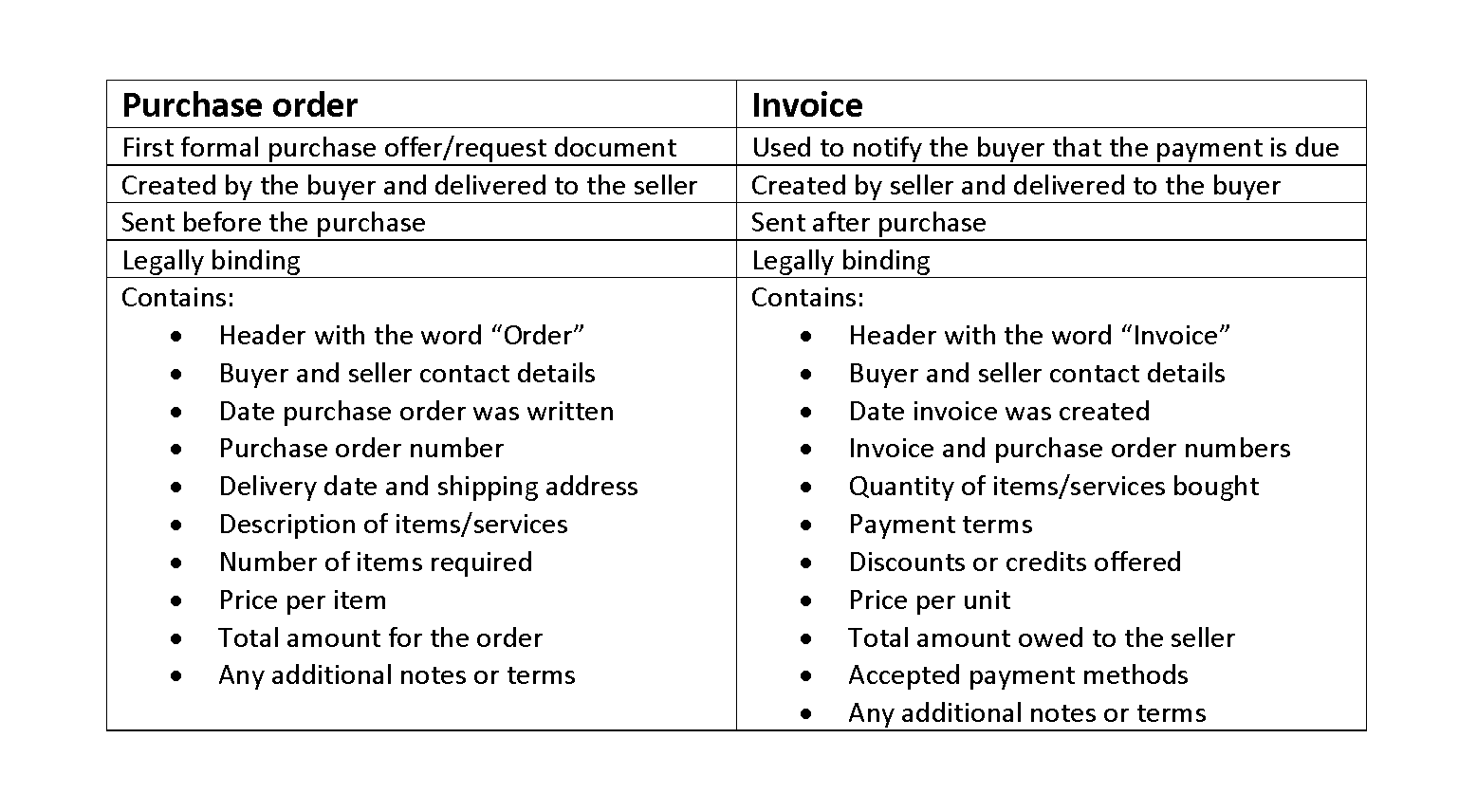Content

Overtime is sometimes necessary for companies to get projects done on time, but excessive overtime usually indicates that a company has too few employees. FTE 100% means an employee who works precisely the hours necessary to be a full-time employee. This timing is usually 30 or 40 hours, depending on the company. First, most places need to offer a minimum number of hours for most workers to consider the job worth it. You can get away with smaller schedules if you have limited hours and mostly hire students, but anything too low and you may have difficulty getting anyone.
- All you need to do is to go to your Project Planner and use the toggle to see your projects in FTEs.
- And while they’re all valued as part of the company, there are certain situations in which they’re not considered in the same way when calculating your headcount.
- The FLSA (Fair Labor Standards Act) doesn’t define full-time employment.
- An employee who works 60 hours a week works 1.5 times as much as a full-time employee and is considered as 1.5 FTE.
- To find the equivalent of a full-time day, divide the total number of hours by 8.
Most people are willing to accept more hours (up to 40), especially if you can offer benefits to go with it. However, some businesses want to avoid offering benefits for only a few months, so hiring more workers may be more affordable. Overtime hours are usually at least 1.5x the cost of a regular hour. For example, if someone works 60 hours per week at a 40-hour FTE business, the company is functionally paying for 70 hours of work even though it’s only getting 60 hours of progress.
What is Full-Time Equivalent? (FTE)
If a working week is 40 hours over 5 days, a 0.75 FTE employee will work just 30 hours in that same period. This could refer to either a single full-time employee or two or more part-time employees whose contributions add up to the equivalent of one full-time worker. Let’s say you have four full-time employees, three part-time employees working 20 hours a week for 30 weeks per year, and one part-time employee working 15 hours a week for 52 weeks per year. Get this by multiplying the number of full-time employees by the number of hours in a working week (usually 40, though sometimes less).
- For example, retail companies typically see higher sales in December but may have fewer people in the store over autumn.
- They are not measured in fractions or percentages — one employee is equal to one employee, no matter how many hours that employee has worked throughout the year.
- If you’re an employer who wants to understand if the Affordable Care Act’s (ACA) employer mandate applies to you, it’s important to calculate your number of full-time equivalent employees (FTEs).
- Next, add the total hours worked by full-time employees and the total part-time hours worked by part-time employees.
- The full-time employees work 40 hours per week and 52 weeks out of the year, meaning that the number of full-time hours worked on an annualized basis is 104,000 hours.
- In most cases, employers fall below the threshold required to be an ALE and are, therefore, not subject to the employer shared responsibility provisions.
- Under the ACA, certain small businesses are eligible for a small-business tax creditto help with the costs of offering health benefits to employees.
In other words, an employer who has both full-time and part-time workers can quantify all hours worked in terms of full-time employment. In most cases, employers fall below the threshold required to be an ALE and are, therefore, not subject to the employer shared responsibility provisions. Whether an employer is an ALE under the shared responsibility provisions will depend on the size of the organization. fte meaning Those employing an average of at least 50 full-time employees including full-time equivalent employees are considered to be an ALE. A full-time equivalent employee refers to a combination of part-time employees that add up to one or more full-time employees. A full-time equivalent (FTE) is a unit of measurement used to determine the amount of full-time hours worked by all employees in an organization.
Checking an employee’s FTE with Clockify
If the company considers 30 hours as full-time, an employee working 30 hours would be a full-time equivalent employee. If a company considers 40 hours as full-time, an FTE employee would be someone who works 40 hours, or two employees working 20 hours would be considered 1.0 FTE. Full-Time Equivalents (FTE) is a calculated metric that adds all of the true full-time employees to the fractional values for all part-time employees, contractors, students and interns. Full-Time Employees generally work more than 4 days or 30 hours a week and are permanently employed, as opposed to being temporary or seasonal. In many countries, a Full-Time Employee is also entitled to health-care benefits and vacation pay among other legal employment standards.

That’s not good when you need 6 FTE, so it may be better to fire a few people and increase hours for others. Remember, employees are not robots, and expecting them to adjust their lives at any moment rarely works as well in practice as in theory. You may theoretically have enough employees to provide enough hours, but realistically, your 7 FTE of coverage between employees may end up being closer to 4 or 5. In this context, an employee who works 20 hours a week would be 0.5 FTE, while someone who works 10 hours would be 0.25 FTE. It is important for businesses to know their FTE for internal management and workloads, salary negotiations and to stay in compliance with legal mandates. Companies with a higher FTE may need to provide additional benefits to their employees.
What Is Full-Time Equivalent (FTE) & How Is It Calculated?
For a PPP loan, a full-time employee is considered to work at least 40 hours per week, and no single employee can have an FTE exceeding 1.0. There are some exceptions when calculating FTE for the purposes of the small business tax credit. One FTE equals 2,080 hours per year and the total number of employees is taken into account rather than the number of hours they have worked. Certain employees are not included in the calculation such as owners, partners, shareholders, family members or relatives, and seasonal workers who work fewer than 120 hours per year.

Resource loading is an important part of resource management and brings several benefits to project management. Such a work model ensures you only hire people that are the best skill-fit for the projects in your pipeline. Read our employer’s guide to find out more about different types of insurance you can offer your employees. Read our employer’s guide to find out more about how to hire employees in Europe, Asia, Africa, or elsewhere.
What Is Full-Time Equivalent (FTE)?
In contrast, non-exempt positions who typically work only 28 hours per week on a 0.75 FTE schedule do not qualify, even if the employer policy defines them as full-time. Considering that the FTE unit of measure is based on the total number of hours worked — it may not indicate the actual number of people working in a company. This is how a company, on average, calculates the average yearly number of hours that a full-time employee works. Just indicate how many employees work at your company, how many hours they work a week, and for how many weeks. Our model will then instantly calculate the Full Time Equivalent for you.
- There are some exceptions when calculating FTE for the purposes of the small business tax credit.
- A full-time equivalent employee refers to a combination of part-time employees that add up to one or more full-time employees.
- ALEs must offer insurance to each full-time employee who works at least 130 hours per calendar month.
- This provision also requires employers to give employees 1095-Cs for tax purposes and to determine whether the ALE owes further payments or penalties.
- Although in some cases, employees consider 37,5 hours a full-time work week, because they don’t include the 30 min mandatory daily break in the total amount.
All ALEs are responsible for offering group health insurance unless they meet some specific terms and case-by-case scenarios. There are differences between FTE, headcount, and hours worked. The chart below displays the number of weekly hours worked with the corresponding FTE under the standard 40 work-week.
